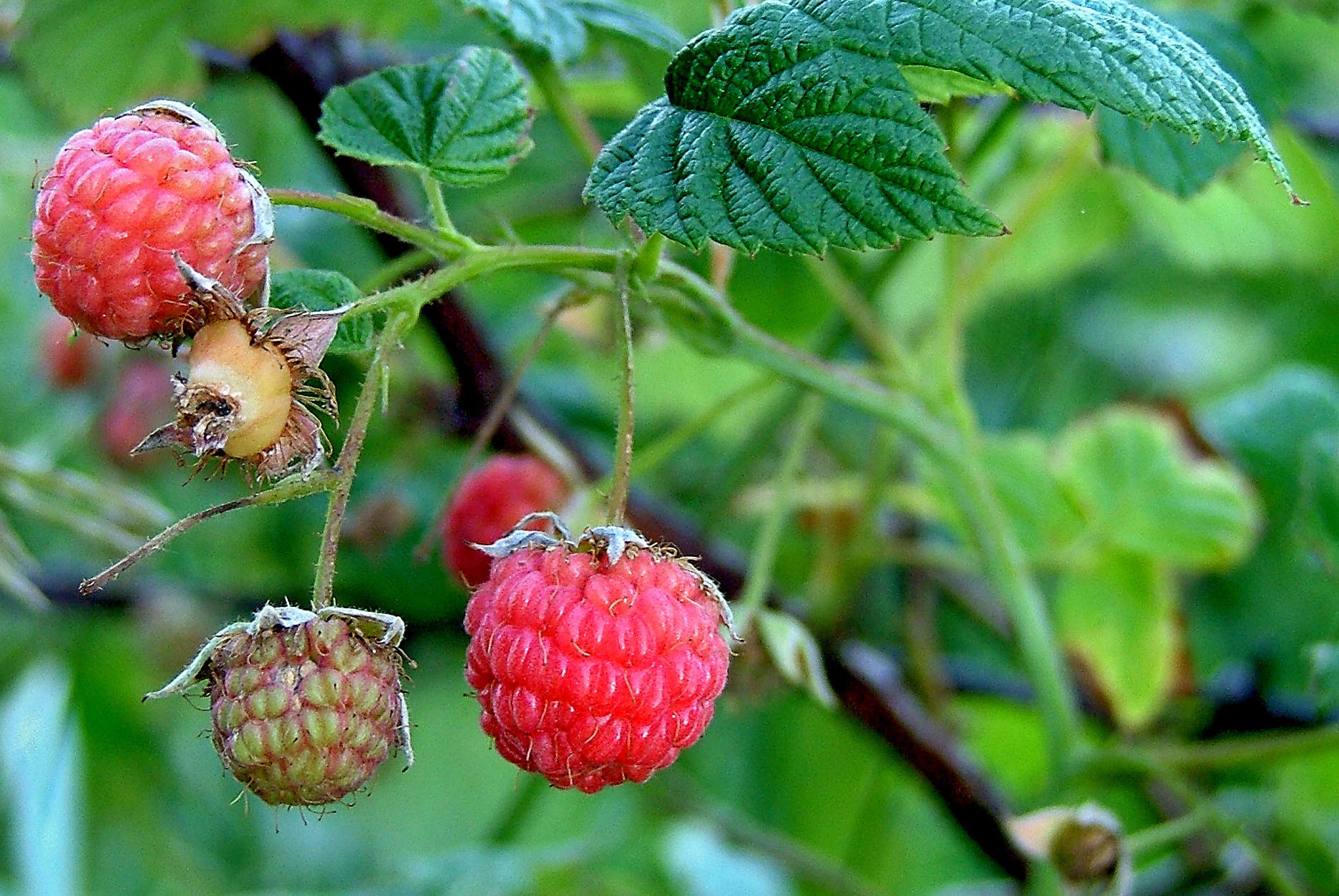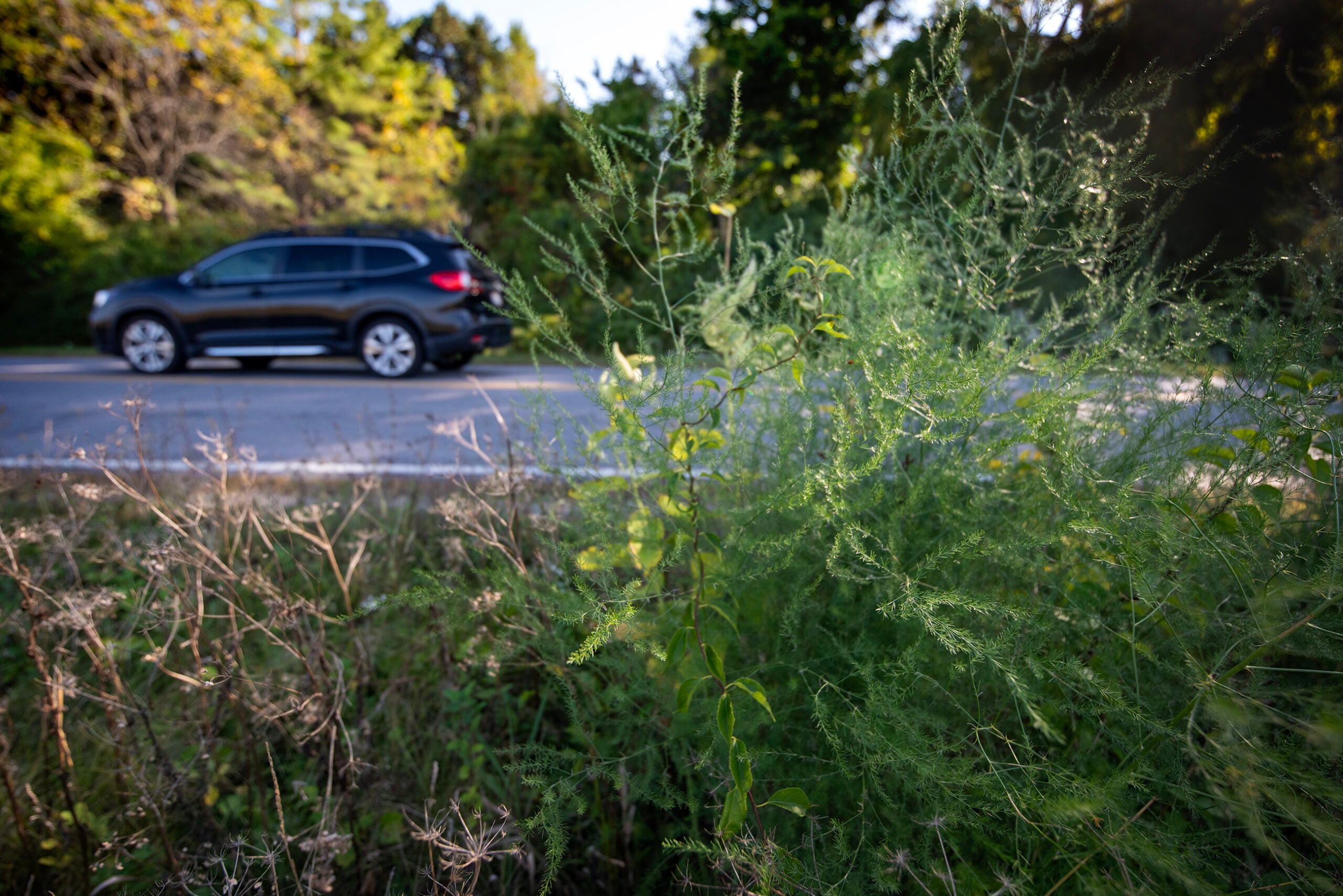From early spring violet greens to wild summer raspberries and autumn hazelnuts, the Wisconsin landscape offers a bounty of wild foods with flavors that can’t be found anywhere else.
Wisconsin wild foods expert Samuel Thayer is in the business of helping foragers sample those flavors. Thayer, a Wausau native who now lives near Superior, is an author, forager, speaker and authority on edible wild plants. He leads foraging workshops and promotes responsible foraging, nature appreciation and conservation.
He recently joined Wisconsin Public Radio’s “Route 51” to offer tips on foraging for beginners.
News with a little more humanity
WPR’s “Wisconsin Today” newsletter keeps you connected to the state you love without feeling overwhelmed. No paywall. No agenda. No corporate filter.
Basic equipment for foraging
Foraging is “knowledge intensive, not capital intensive,” Thayer said. He recommends acquiring a 3 ¼ gallon food grade pail for collecting anything you gather and a quality pair of scissors for cutting greens. A few plastic bags for separating dirty root vegetables from cleaner fruits and shoots can also be helpful.
Thayer also recommends collecting reference materials, including Wisconsin field guides and Midwest-specific foraging books, to help accurately identify the plants you are collecting.
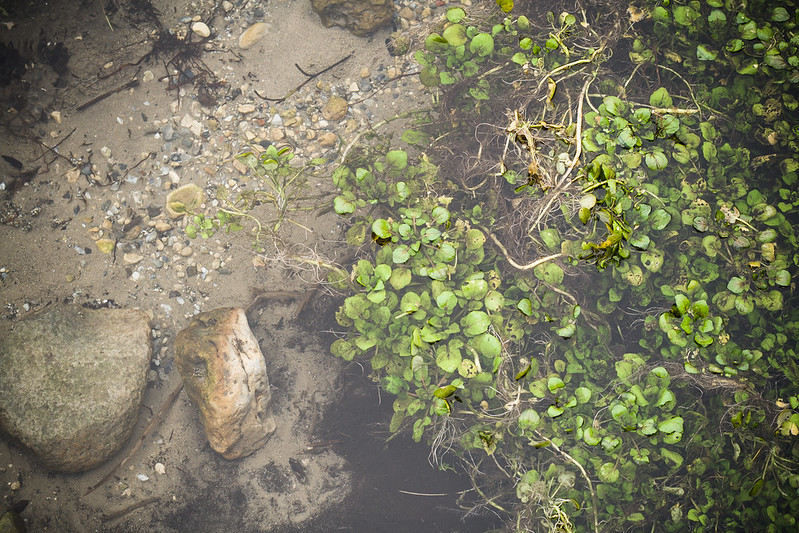
Identifying edible plants
When it comes to eating your first wild foods, it’s best to start with a single, familiar plant that you can easily identify. You want to be absolutely certain before you eat it.
“When you eat a banana, you know it’s a banana. You’re totally confident in what a banana is. When you are at that level of confidence with any food, you’re ready to eat it,” Thayer said, adding that it’s important to build that confidence slowly, with one new food at a time.
Beyond books, learn as much as you can about the food items you plan to collect and about other living things in their ecosystem. You can accelerate your learning curve by connecting with other people who forage.
While there aren’t a lot of well-organized clubs, local foragers often seek each other out in online groups and social media. Events like the Midwest Wild Harvest Festival in Prairie du Chien offer opportunities to learn from experts and connect with other foragers.
“Get your foot in the door and have your eyes open for four or five things you’ll remember, and you’ll hit the ground running,” Thayer said.
Foraging safety
Only forage where you have permission, in areas you know well. When foraging on public lands and state or county parks, get familiar with what is legal to harvest.
Be mindful of pesticide and herbicide spraying, fertilizer use and any other industrial or agricultural chemicals that may have been used where you want to forage. Many state parks, county parks and natural areas use herbicides to control invasive species like the inedible glossy buckthorn.
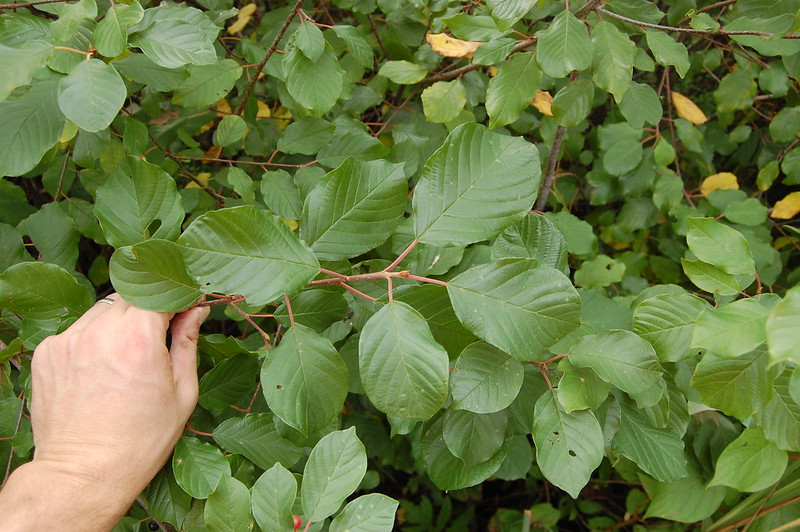
Plants absorb herbicides into their tissues, so avoid eating sprayed plants. Keep an eye out for anything that looks strange, such as irregular growth or shiny leaves that wouldn’t be naturally shiny.
Use judgment when foraging in urban areas and on roadsides, Thayer said. Fumes and road exhaust settle onto plants, but we eat plants from our roadside gardens in the city. Still, it is better to harvest beside lightly traveled roads, if possible.
Plants and mushrooms can absorb heavy metals and contaminants from the soil, so steer clear of harvesting from old industrial sites.
Conservation and the edible landscape
The distinction between foraging and gardening is artificial, Thayer said.
Wild food sources appear in the same places and at the same times annually, and careful management helps them thrive.
Harvesting responsibly means understanding where a plant lives and how it grows and reproduces. For example, some plants need the ground to be disturbed, and their abundance depends on humans or animals digging in the earth. Perennial plants can be over-harvested, but careful removal of older plants can give new, young shoots the space they need to grow. Fruits and nuts are meant to be dispersed and can be harvested in large quantities.
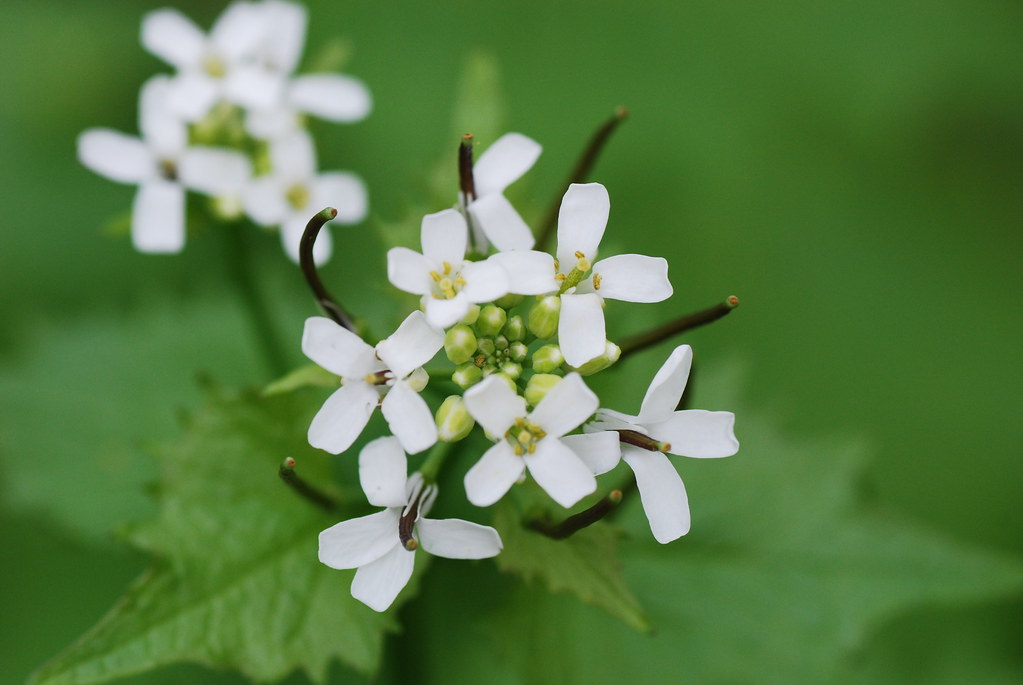
Many invasive plants, like garlic mustard, are edible. Clearing them out improves habitat for edible native plants and for wildlife. Removing them is especially beneficial for slower-growing root vegetables, like the highly desirable ramps.
Gardeners can consider planting edible native plants in their gardens or backyards. These plants can be nourishing for people, pollinators and wildlife. Wild native plants, especially perennials, have adapted to local climate conditions and don’t have the same pest problems as garden vegetables.
Embracing wild foods
At first glance, foraging for wild foods can seem overwhelming.
But Thayer advised: “Don’t be frustrated by the variety in nature. Be excited. It’s like learning another language. At first it is a little bit hard, but as you learn the grammar and you add more words, each additional word gets easier and easier to learn and you start to see the patterns. But you don’t have to know a whole bunch to use it. You just have to know one food to incorporate it into your diet, and whenever you’re ready, you can learn the next one.”
Wisconsin Public Radio, © Copyright 2026, Board of Regents of the University of Wisconsin System and Wisconsin Educational Communications Board.
